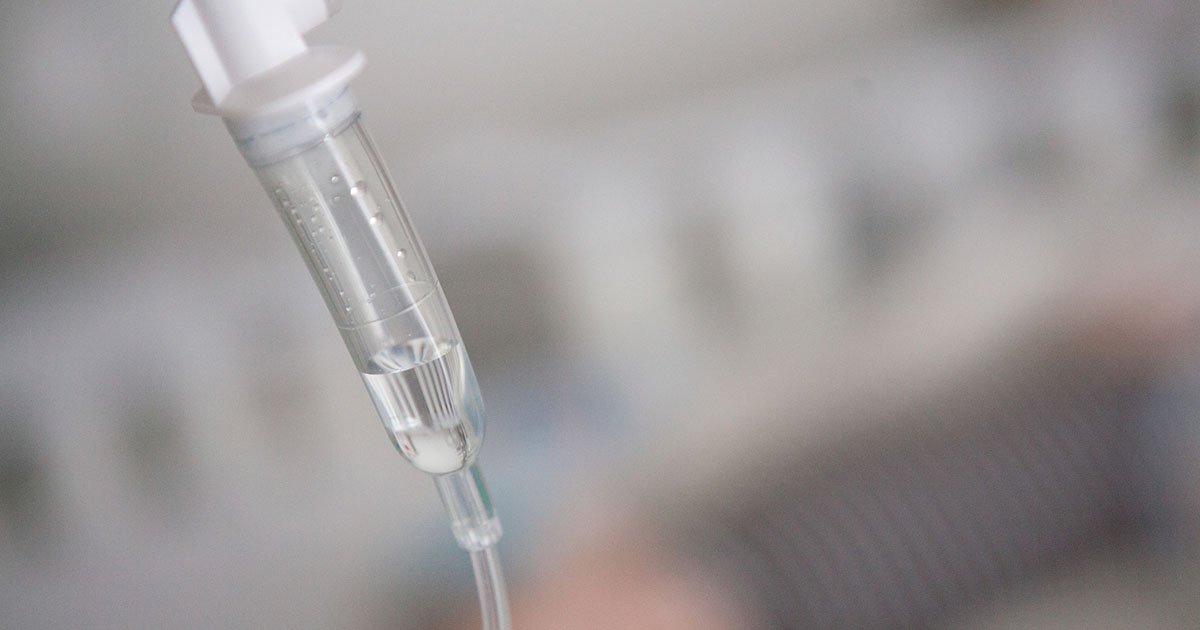Treatment Options For Acute Renal Failure
Fluid Control

A cause for kidney failure for some patients is not enough fluid present within the bloodstream, indicating the patient is overly dehydrated or chronically dehydrated, which can be seen when the urine is dark in color. Dark colored urine means the kidneys are retaining liquids to keep the body performing its normal and healthy functions. On the other hand, not having enough water in the body or having too much fluid in the bloodstream indicates that the kidneys can simply not match the demand and will not be able to effectively filter fluids present in the body. Signs of having too much fluids in the body can be seen in the swelling of the arms and legs. Depending on which issue the patient is dealing with, a physician could administer intravenous (IV) fluids to replenish low fluid levels or recommend prescriptions, such as diuretics to remove the excess fluids from the body.
Diet Control

To assist with the overall recovery, a doctor may recommend changes in a patient’s diet. The three most important areas a doctor will concentrate on are phosphorus, salt, and potassium. Once the kidneys fully recover, an individual may not need a special diet anymore and can return to normal eating habits. Expect to limit bananas, potatoes, oranges, spinach, and tomatoes to decrease potassium levels, fast food and other processed foods to control the consumption of salt, and milk, cheese, nuts and peanut butter, and dried beans to manage phosphorus levels. Patients need to be diligent with lowering the amount of phosphorus in their body, as too much can result in a weakening of the bones and cause skin irritation. While the kidneys are still considered unhealthy, the patient may also have to manage the amount of protein they ingest, especially if their body contains high levels calcium, as the kidneys are also responsible for filtering proteins within the body, and may not be able to filter it effectively.
